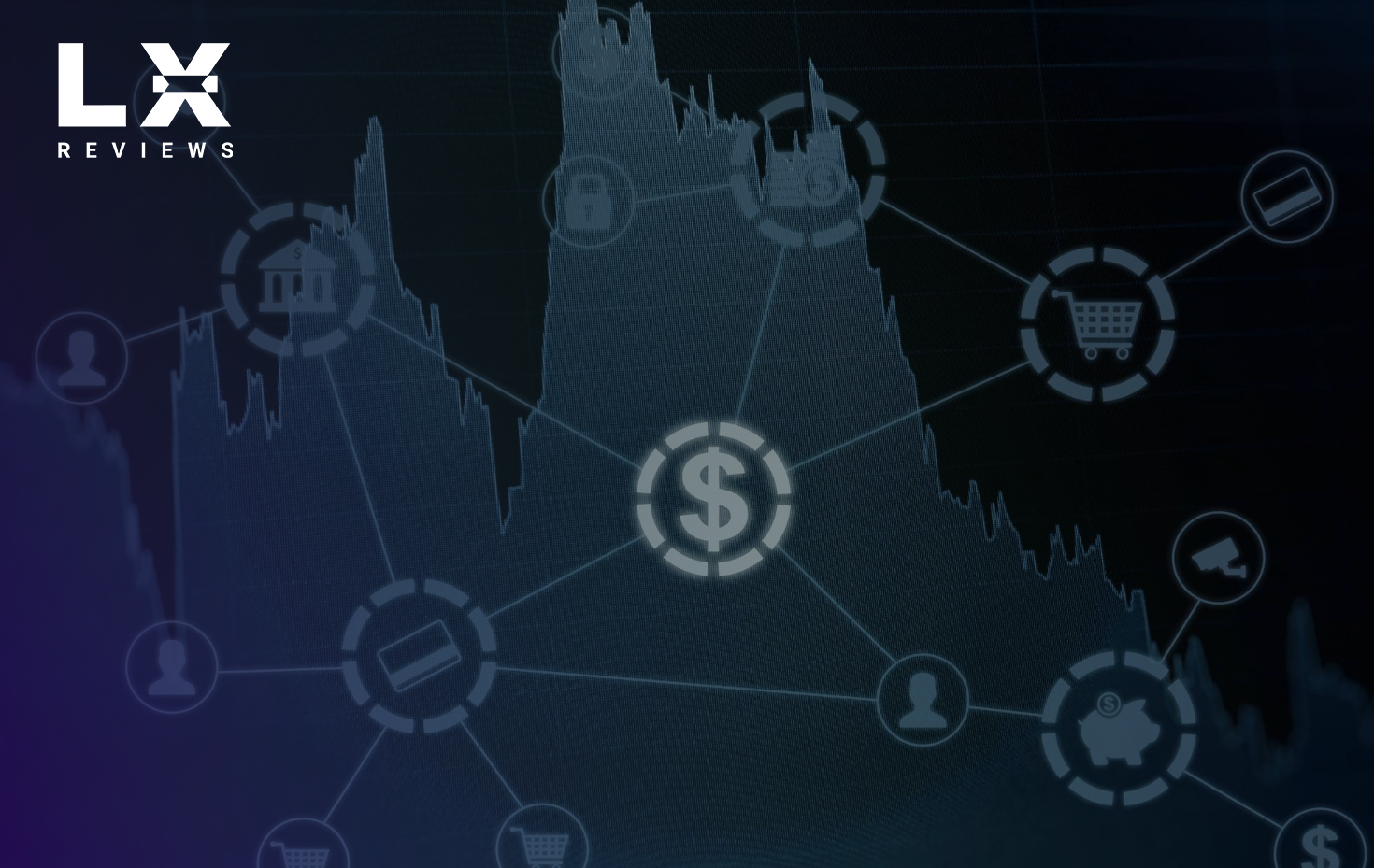DeFi, or Decentralized Finance, is considered one of the most revolutionary developments in the world of finance. It is based on blockchain technology that empowers users to create financial products and services without the need for banks, insurance, and exchanges. Instead, these services are powered by smart contracts, which are self-executing agreements on the blockchain that disintermediate financial activities and enable greater transparency, accessibility, and control over one’s financial assets.
Since its inception, DeFi has attracted much attention and investment, from lending platforms to decentralized exchanges to yield farming. While the growth of DeFi is very promising, it also poses a number of challenges in terms of scalability, security, and regulation. In this article, we will explore the future of decentralized finance, the opportunities it presents, and the challenges it faces as it continues to disrupt the traditional financial sector.

DeFi: What is it, and How Does it Work?
DeFi is a movement within the cryptocurrency space that tries to recreate and improve upon conventional financial systems using a host of decentralized technologies, mainly based on blockchain and smart contracts. Unlike traditional finance, which relies on intermediaries such as banks and brokers as gatekeepers to every transaction, DeFi applications run on open-source, decentralized networks that can be accessed by anyone with an internet connection.
Key components of DeFi include:
- Blockchain Technology:
DeFi applications are based on blockchain networks, such as Ethereum, which allow for secure, totally transparent, and immutable ledgers of financial transactions. - Smart Contracts:
Smart contracts are a set of self-executing rules. These automatically execute an agreement between multiple parties without any intermediaries. It is the backbone of DeFi protocols, which allows transparency and trust. - Decentralized Applications (dApps):
dApps are decentralized applications that have enabled users to interact directly with the network without relying on any centralized authority. - Liquidity Pools and Yield Farming:
DeFi lets users lend their assets to liquidity pools and earn interest in return or some other form of reward. Recently, a method named “yield farming” has become popular, wherein the provision of liquidity to DeFi protocols is made with the intention of receiving rewards. This has become a way for many to gain passive income.
Opportunities in DeFi: A More Inclusive, Efficient Financial System
DeFi is poised to change the world of finance in many aspects, providing enormous opportunities for individuals, businesses, and even whole economies. Some of the key opportunities presented by DeFi include:
1. Financial Inclusion for the Unbanked
One of the biggest benefits of DeFi is its ability to include unbanked and underbanked populations in financial services. It is estimated that about 1.7 billion people worldwide are excluded from access to formal financial services for reasons ranging from geographical to economic or social. DeFi bridges this gap since anyone with an internet connection can interact with financial products.
DeFi enables people in remote or underserved areas to access loans, savings accounts, insurance, and investment opportunities by cutting out intermediaries and reducing transaction fees. This democratization of finance can help empower individuals and communities, spurring economic growth in areas previously excluded from the global financial system.
2. Increased Transparency and Security
DeFi platforms operate on blockchain networks, which offer a high level of transparency and security. All transactions are recorded on an immutable ledger, ensuring that they cannot be tampered with or altered. This allows users to independently verify all transactions and smart contracts, providing transparency.
Furthermore, the blockchain secures user data and funds with cryptography. Unlike traditional financial institutions that have been targets of cyberattacks, DeFi platforms are not reliant on a centralized database, making them more secure and resistant to fraud.
3. Lower Transaction Costs and Faster Settlements
Traditional financial systems are often slow and expensive, especially with numerous intermediaries and regulatory processes involved. Cross-border payments, for example, can take days and cost a lot of money.
DeFi offers a more efficient and cost-effective alternative. By removing middlemen, DeFi can process transactions faster and at a fraction of the cost. This is particularly beneficial for people and businesses needing to make international payments or remittances, reducing the time and cost typically associated with traditional banking systems.
4. Innovation in Financial Products
DeFi has sparked an unprecedented wave of innovation within the financial industry. The continuous creation of new products and services is meeting the needs of a global, digital-first economy. These include decentralized lending platforms, stablecoins, decentralized exchanges, and decentralized insurance.
One notable innovation is algorithmic stablecoins, which maintain the token’s value through algorithms and smart contracts by automatically adjusting their supply. This approach may eventually offer a more stable and reliable form of digital currency than traditional cryptocurrencies, which are often subject to extreme volatility.
DeFi also fuels innovation in other areas, such as DAOs (Decentralized Autonomous Organizations), which enable communities to manage financial protocols without central authority. This opens up new possibilities for community-driven finance, where decision-making power is distributed among users.

Challenges Facing the Future of DeFi
While the opportunities DeFi presents are promising, there are several challenges that threaten its long-term viability and mainstream adoption. These challenges include:
1. Scalability Issues
One of the main challenges facing DeFi platforms is scalability. The majority of DeFi applications are hosted on Ethereum, which has experienced network congestion and high transaction fees due to increased demand. Ethereum’s current proof-of-work consensus algorithm supports only a few transactions per second, contributing to delays and increased costs.
The Ethereum community is working on scalability solutions, such as Ethereum 2.0, which will transition the network to a more efficient proof-of-stake mechanism. However, scaling DeFi applications to accommodate millions of users and transactions is a complex challenge that requires significant technological advancements.
2. Security Risks and Smart Contract Vulnerabilities
Although blockchain technology provides increased security, DeFi is not without risk. Smart contracts, which are the backbone of DeFi, are written by developers, meaning there’s room for bugs and vulnerabilities. Several high-profile hacks have occurred in the DeFi space due to exploits in smart contracts, resulting in millions of dollars in losses.
For example, in 2020, bZx, a decentralized lending platform, fell victim to multiple attacks due to vulnerabilities in its smart contracts. This highlights the importance of conducting extensive audits and testing of smart contracts to ensure their security.
The decentralized nature of DeFi also means there is often no central authority to hold accountable in case of a hack or failure. This lack of recourse can deter potential users, particularly those who are risk-averse.
3. Regulatory Uncertainty
DeFi operates in a largely unregulated space, which has raised concerns among governments and regulatory bodies worldwide. This regulatory uncertainty makes it difficult to protect consumers, enforce anti-money laundering (AML) and know-your-customer (KYC) requirements, and prevent fraud.
While some countries have taken a more innovative and lenient approach, others have banned or are considering banning certain DeFi activities. The regulatory landscape for DeFi continues to evolve, which could have significant consequences for its future development.
4. Market Volatility
DeFi is not immune to the volatility of the broader cryptocurrency market. The value of DeFi tokens and other assets can experience extreme fluctuations, creating risks for investors. For example, yield farming and liquidity mining rewards are often paid in native tokens that can quickly lose value, exposing users to substantial losses.
Since many DeFi projects are speculative, investors need to be prudent and conduct thorough due diligence before engaging. DeFi remains a relatively young market that requires greater stability and broader regulatory frameworks to mature.
The Future of DeFi: To Mainstream?
While the future of DeFi remains uncertain, the potential for innovation and disruption in the financial industry cannot be ignored. As blockchain technology matures, scalability issues are addressed, and security improves, DeFi could become a mainstream financial system that complements or even competes with traditional financial institutions.
For DeFi to reach its full potential, challenges such as scalability, security, regulation, and market volatility must be overcome. However, its decentralized nature, ability to offer financial inclusion, and capacity for innovation make it a promising force in the financial space.
The future of DeFi will likely unfold at the intersection of technological advancements, regulatory frameworks, and market demand. While DeFi may not replace traditional finance, it holds great potential to make a significant impact on the future of global finance.



